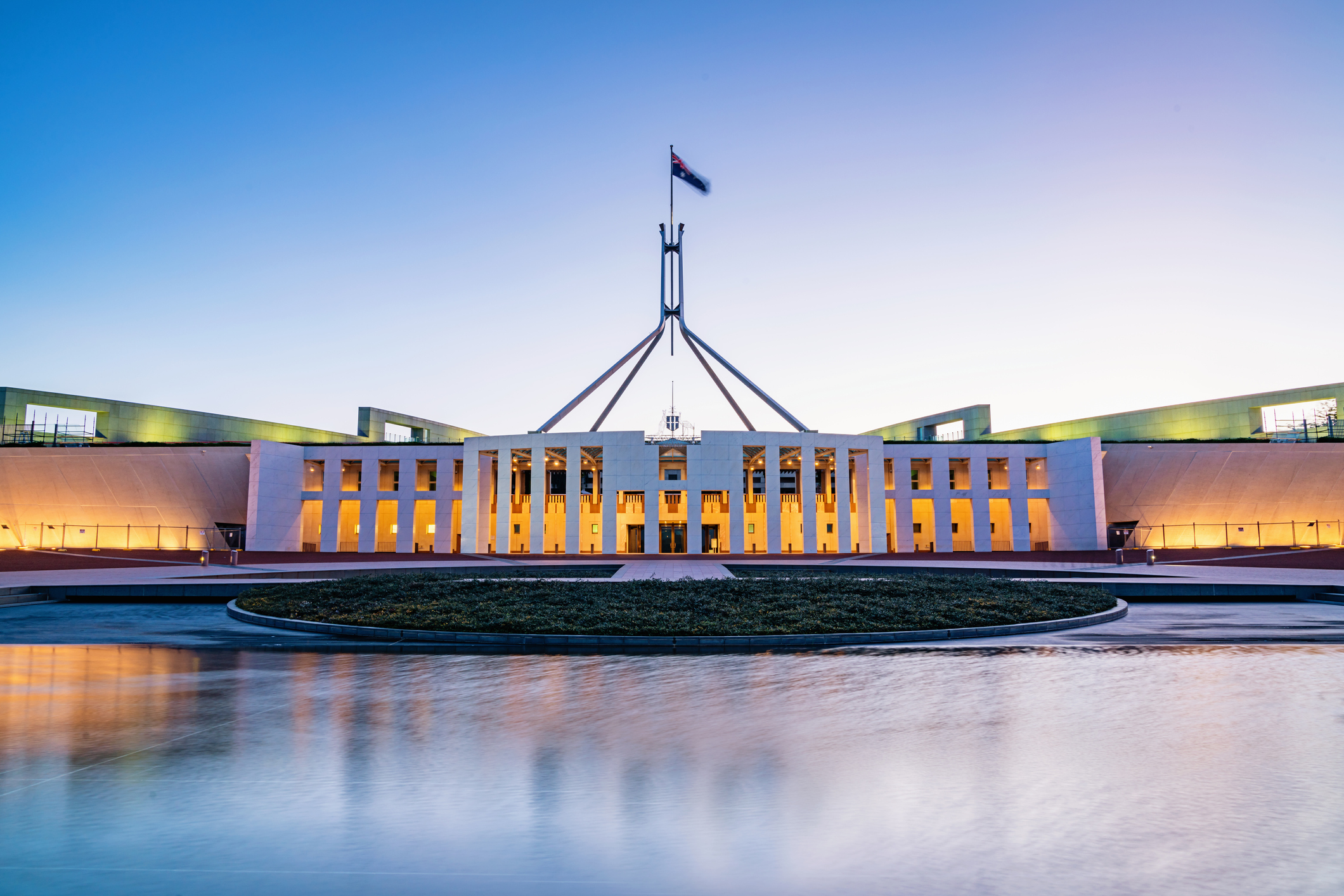
Meg Heffron
Managing Director
It feels like this has taken a lifetime but finally the Government has announced it will do something meaningful about allowing members with so called “legacy pensions” to restructure their affairs.
In short, the details we have so far (and some we don’t) are as follows:
SMSF members receiving complying lifetime, market linked, and life expectancy pensions will see new rules (assuming the relevant legislation is passed) that allow them to exit these pensions. They will be able to fully commute their income stream and either leave the resulting amount in an accumulation account, cash it out of super entirely or use it to start an account-based pension (in their SMSF or another fund) – subject to the usual constraints imposed by their transfer balance cap (more on this later).
It won’t be compulsory to make the change and in fact there will be a relatively short window (only 2 financial years) in which to do so.
Those who have historically received special social security concessions as a result of these pensions (for example, the pension balance is fully or partially exempt from the assets test) will not keep that generous treatment once they’ve made the switch. But the normal social security rules will be relaxed to ensure no-one has their past entitlements reassessed because they have ended one of these pensions.
There are some quirks and areas where the devil will most definitely be in the detail.
Firstly, the fact sheet accompanying the budget papers specifically refers to this measure applying to “Market-linked, life-expectancy and lifetime products which were first commenced prior to 20 September 2007 from any provider, including self-managed superannuation funds (SMSFs)”. The date is a concern. Many SMSF members who had (say) lifetime complying pensions in place will have converted these to market linked pensions after 20 September 2007 – in fact, converting on or before 30 June 2017 was an extremely common step before the rules around transfer balance caps were introduced on 1 July 2017.
Under these circumstances, the commencement date of the market linked pension is not “prior to 20 September 2007”, it’s whenever the original pension was converted to a market linked pension. I’m hoping this disappears when it comes to drafting the change – surely it would make more sense if the two year amnesty applied to any of these pensions, no matter when they were established? Or at the very least, it should apply to all pensions sourced from monies that were in one of these pensions before 20 September 2007.
Secondly, the fact sheet explicitly states that the relief is intended to allow pensioners to exit these income streams by fully commuting them and “transferring the underlying capital, including any reserves, back to a superannuation fund account in the accumulation phase” (emphasis added) without the reserve allocation being counted against the member’s concessional contributions cap. This sounds good – handling reserves that arise when certain pensions are commuted has long been problematic and the fact that reserve allocations to members (including the pensioner themselves) are often caught in the contributions cap regime was the major issue.
However, the “reserves” transferred in this way will be taxed “as an assessable contribution of the fund” and taxed at 15%. A tax rate of 15% sounds nice and low until you realise it’s being applied to part of the fund’s capital rather than income.
The language is going to be key here. Reading the fact sheet, I am not entirely sure which part of the account balance that supports a legacy complying lifetime or life expectancy pension will be classified as a “reserve” and subjected to tax. Consider a lifetime complying pension, for example, where the actuary’s best estimate of the pension’s value is $1m, an additional $300,000 is required to meet the “high degree of probability test” and the actual account balance supporting the pension is $1.5m. Is the “reserve” the whole balance ($1.5m)? Or just the excess over the actuarial best estimate value ($500,000)? Or just the excess over the amount required to meet all current solvency tests ($1.5m less $1.3m, ie $200,000)? It’s not clear.
Logic would suggest that at worst the amount treated as a “reserve” would be $500,000 but even that creates some interesting dilemmas. Someone in this position would be able to exit their legacy pension (great) but doing so would trigger tax of 15% x $500,000, ie $75,000 in their fund (not so great).
In contrast, right now they could move the entire $1.5m to a market linked pension with no equivalent tax cost. Sure, they would be stuck with an inflexible pension but when faced with a $75,000 tax bill I expect many of us can put up with a bit of inconvenience.
The key will be in how this is legislated. At Heffron, like the true nerds we are, we look forward to the consultation process.
Those with very large complying lifetime pensions will be watching anxiously with us – a very large tax bill triggered by the transition may well rule out using the new rules and could actually create some strange (and unintended) strategy approaches.
In contrast, those with large market linked pensions will be relieved – they have no reserves to worry about.
The biggest challenge they will face is that any new (account-based) pension they start will be subject to the normal transfer balance cap rules.
Consider, for example, a very large market linked pension ($5m) that started in 2006. This pension is currently worth much more than the member’s personal transfer balance cap ($1.6m). Nonetheless, it is allowed to remain in place (with no tax being paid on some or all of the fund’s investment income) because it is subject to special rules for “capped defined benefit pensions”. If the pension is commuted under this two year amnesty, a commutation value will be worked out (see our blog here) and used to reduce the pensioner’s transfer balance account, creating some space for a new pension. However, the $1.6m transfer balance cap will apply for the new account-based pension. Clearly, then, some of the $5m balance will have to remain in an accumulation account or be cashed out of super entirely. Depending on the circumstances, this could actually be a worse tax outcome than leaving the market linked pension in place.
There are a few groups entirely ignored by the proposed change. For example, there is no relief in cases where:
- the recipient of a complying lifetime pension has died leaving no reversionary beneficiary. The pension ceased and the remaining balance became part of the fund’s reserves. Unless the rules proposed for reserves are changed more broadly than just “reserves released when pensions are commuted under this two year amnesty”, those reserves will still be difficult to allocate to the relevant beneficiaries and
- the same applies to recipients of life expectancy pensions where the term ended some time ago but there were amounts leftover in reserve.
There are also some groups who have fewer options. A member receiving one of these pensions as a result of a spouse’s death in the past (eg they inherited a reversionary pension) will be subject to the normal rules prohibiting death benefit monies from being left in accumulation phase. If they choose to use the amnesty to escape their legacy pension, they will possibly be forced to take the money out of super entirely.
Flexi pensions are also explicitly excluded. This makes sense on one level – flexi pensions have always been commutable and so they don’t need this relief. A challenge for flexi pensions, however, has always been the fact that they often result in reserves being left behind after the commutation. This is because there is a statutory limit on the commutation amount that is frequently less than the relevant account balance. It’s likely that some of these members would benefit from changes to the reserve rules.
Finally, it would appear that those receiving lifetime pensions from APRA regulated funds (such as an old corporate defined benefit fund) and public sector schemes will be excluded. I say “appear” because the budget papers are actually slightly contradictory on this point.
All that said, let’s celebrate an important development here.
The Government has responded to the frequent complaints from industry and individuals themselves that being locked into super pensions that were put in place under entirely different rules decades ago is punitive.
There will be cases where elderly clients with tiny SMSFs that have been stuck paying these pensions for years will finally be able to wind up their fund. For that alone, I’m glad we have this on the table, and I hope it’s legislated very quickly.
It’s due to commence on the 1 July after the legislation receives Royal Assent – so one would assume 1 July 2022 at the earliest. And then pensioners will have 2 years to make a decision whether to keep their existing legacy pension or take the opportunity to jump out.
The Super Companion is an online resource that's regularly updated and will always reflect the latest rules, changes to legislation, case law or regulator views. You can be confident that the information is up to date and accurate. Learn more and subscribe here.
This article is for general information only. It does not constitute financial product advice and has been prepared without taking into account any individual’s personal objectives, situation or needs. It is not intended to be a complete summary of the issues and should not be relied upon without seeking advice specific to your circumstances.



